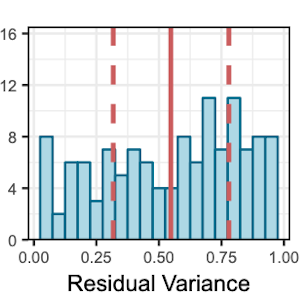The identification of trends in ecosystem indicators has become a core component of ecosystem approaches to resource management, although oftentimes assumptions of statistical models are not properly accounted for in the reporting process. To explore the limitations of trend analysis of short times series, we applied three common methods of trend detection, including a generalized least squares model selection approach, the Mann–Kendall test, and Mann–Kendall test with trend-free pre-whitening to simulated time series of varying trend and autocorrelation strengths. Our results suggest that the ability to detect trends in time series is hampered by the influence of autocorrelated residuals in short series lengths. While it is known that tests designed to account for autocorrelation will approach nominal rejection rates as series lengths increase, the results of this study indicate biased rejection rates in the presence of even weak autocorrelation for series lengths often encountered in indicators developed for ecosystem-level reporting (N = 10, 20, 30). This work has broad implications for ecosystem-level reporting, where indicator time series are often limited in length, maintain a variety of error structures, and are typically assessed using a single statistical method applied uniformly across all time series.
A simulation study of trend detection methods for integrated ecosystem assessment
Publication date
June 07, 2019
Abstract
Journal
ICES Journal of Marine Science

